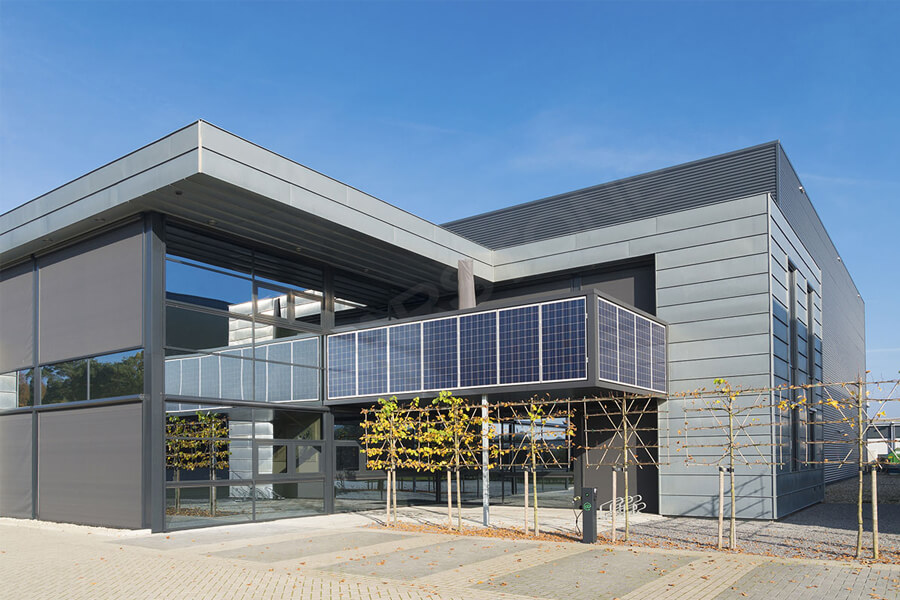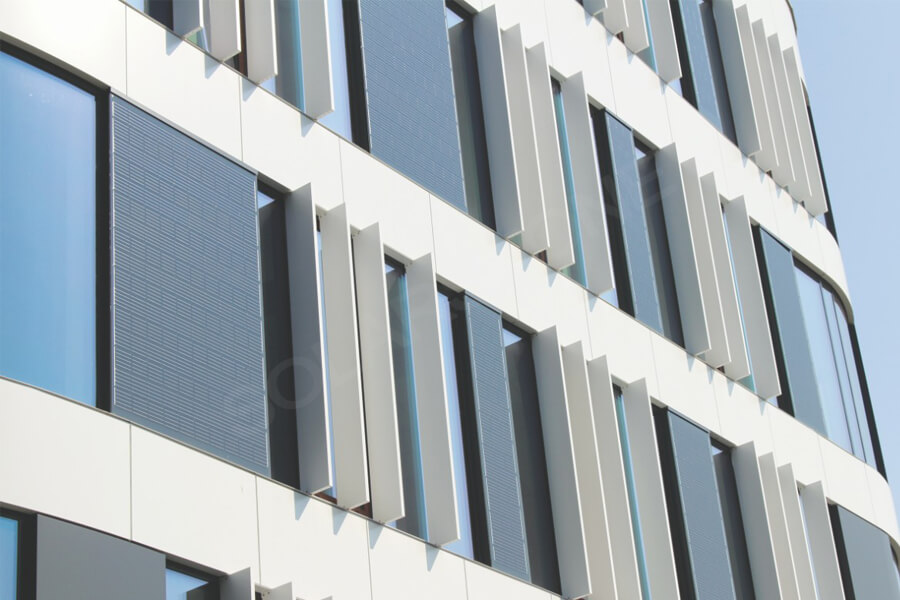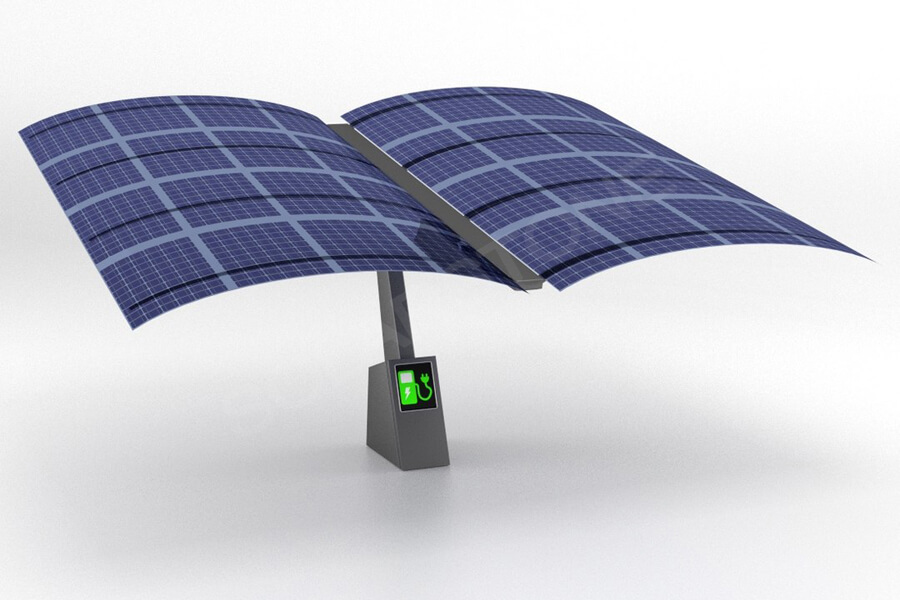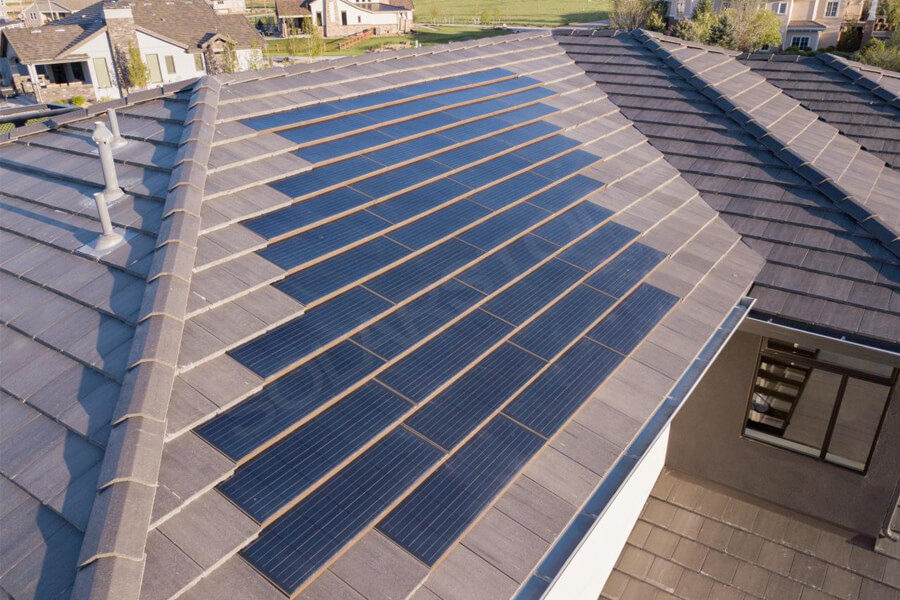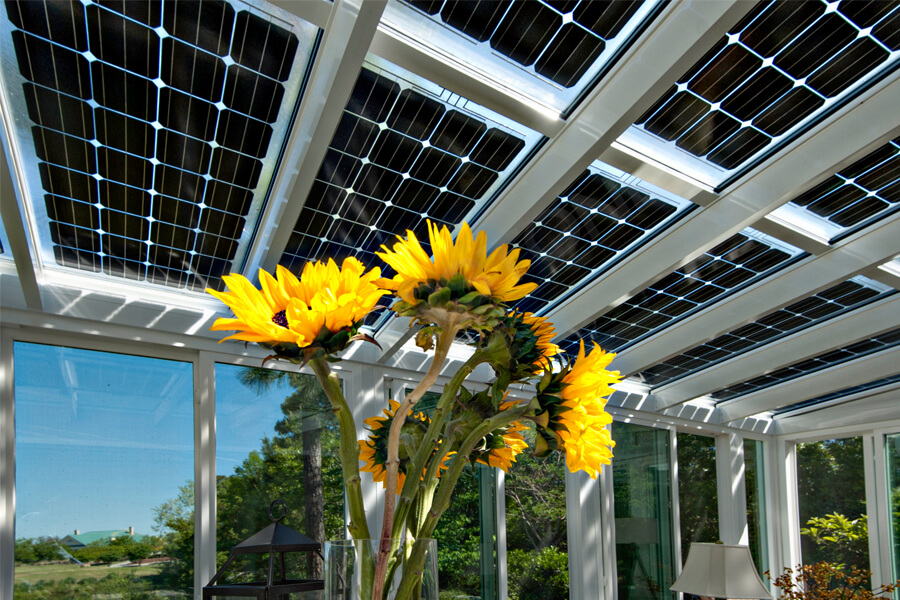Basic concepts of photovoltaic building integration
BIPV is a combination of existing buildings and solar power generation devices, which perform photovoltaic power generation while undertaking the functions of traditional buildings, providing a portion of electricity for the load.
In addition, for crowded big cities, combining photovoltaic power generation technology with building construction can save a lot of space and achieve photovoltaic power generation. Therefore, the integration of photovoltaic buildings in urban areas has important practical value and significance.
Classification of photovoltaic building integration
From the perspective of the combination of photovoltaic power generation technology and buildings, photovoltaic building integration can be divided into two types:
(1) Photovoltaic power generation equipment is a type of additional system for buildings. This type is usually based on existing buildings and adds photovoltaic power generation equipment on the surface of the building. In the early stages of photovoltaic building integration technology, this type was relatively common.
The advantages of this type of photovoltaic building integration are easy renovation, low investment, and convenient construction; However, its drawbacks are also very obvious. Usually, the appearance of the renovated building is not coordinated with the architectural design style, and the visual appearance is not aesthetically pleasing, making it difficult to achieve the desired effect.
(2) The form of integrating photovoltaic power generation equipment with buildings. This type of photovoltaic module is usually considered as a part of a building, and during the entire design process of the project, the photovoltaic module and the building are considered simultaneously.
Construction and installation are also carried out simultaneously, achieving a perfect combination of photovoltaic power generation equipment and the building. It has both power generation and building equipment functions.
The application of photovoltaic building integration
BIPV systems can have different working modes, which can be connected to the power grid or used independently of the power grid. When connected to the grid, excess electricity can be sent to the grid when the power generation exceeds the local load.
Conversely, when the power generation is insufficient, the electricity from the grid will be used. For independent BIPV, it is usually suitable for remote geographical locations, sparsely populated grasslands, deserts, and other areas where it is difficult to connect to the power grid. At the same time, when the sun is good, the surplus electricity produced by the BIPV system can be stored through specialized energy storage equipment for use in poor lighting conditions, achieving self-sufficiency.
The installation form of photovoltaic building integration
Photovoltaic modules can be assembled into the customer’s required style, replacing building components partially or as a whole. The style of system installation is determined by several factors, including the performance of the selected photovoltaic modules, the architectural form designed by the architect, and the climatic conditions of the project location. Among them, the performance of photovoltaic modules plays a decisive role in the entire design process. At present, the installation forms of photovoltaic building integration mainly include the following:
Sunshade type photovoltaic power generation system
The installation of photovoltaic panels in this system is mainly based on shading facilities. Solar panels can provide good shading and insulation effects, effectively reduce air conditioning energy consumption, save energy, and have a more beautiful building appearance compared to general sunshades.
Tile photovoltaic power generation system
The design of the solar roof of a tile photovoltaic power generation system is different from that of a conventional distributed grid connected roof. The tile photovoltaic power generation system perfectly combines the roof with solar energy.
Replacing conventional tiles with solar tiles to integrate into a sloping roof, achieving a perfect combination of design and aesthetics in the field of photovoltaic power generation. Its disadvantage is that the cost of solar tiles is higher than that of ordinary solar panels, which cannot bring good economic benefits.
Window mounted photovoltaic system
The system can automatically adjust indoor ventilation, humidity, and temperature according to seasonal changes and different external environments while providing electricity. Compared to ordinary tempered glass roofs, window mounted photovoltaic systems bring more convenient functions and can fully utilize building space resources.


